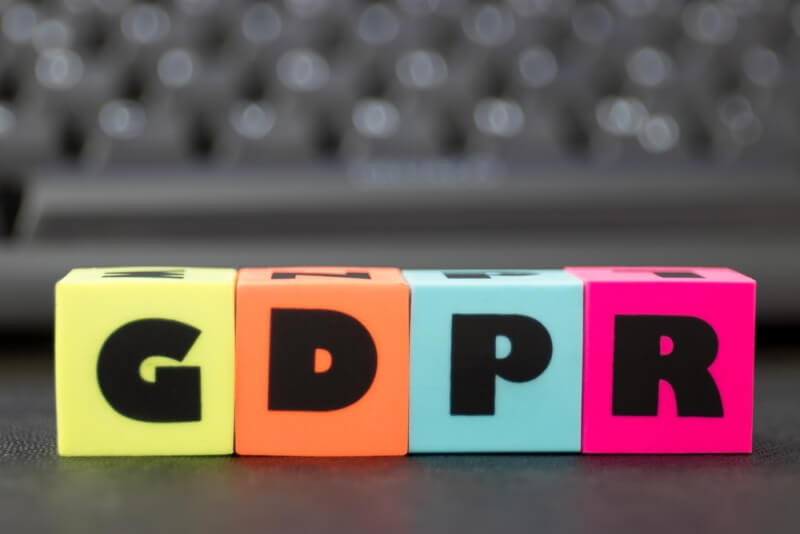When you’re running a business, whether you’re selling physical products, digital licenses or your services (from cleaning to GDPR consultancy), the most important thing you can know is who you’re selling to. You need to know where to post your adverts, where to set your prices, and how to present yourself to make the best impact on the people who are most likely to buy what you have to offer.
In short, you need to know who your audience is, and today we’re taking a look at the different ways you can identify and appeal to the different audiences that are out there for your brand.
Market Research
The most obvious route to identifying and understanding your audience is to invest in some market research. Finding a good company to work with means a partnership that will get you exactly the information you need, whether you need people who specialise in focus group interviews and or you’re looking Omnibus Survey Companies.
The omnibus survey is a potent tool when you’re building an understanding of your audience. For a relatively small outlay, you can have a question or two inserted into a bigger survey and you receive, not just answers to your questions, but also answers to all the demograpic questions included in the survey! This means with a well written pair of questions you can cross reference that demographic information with who has responded with the most interest to your business-specific questions and generate some insights about exactly who your audience is.
Internal Research
If you already have a customer base, that doesn’t mean you don’t need to refine your understanding. Even years or decades into the life of your business, you need to keep a finger on the pulse to make sure you’re fully understanding the developing needs of your market and make sure you keep turning to face them.
Research on the customers you already have doesn’t necessarily mean handing out questionnaires with your receipts – though that can be helpful, especially if you some specific questions to answer about upcoming changes.
More subtle and perhaps more insightful is developing your understanding of customers by observing their behaviour: from observing how and what they shop for when they enter your stores, to tracking customer activity across your website, this will tell you what your customers are looking for from you, whether they find it, and how you can tune your stores, sites and brand to give it to your customers.






















Leave a Reply